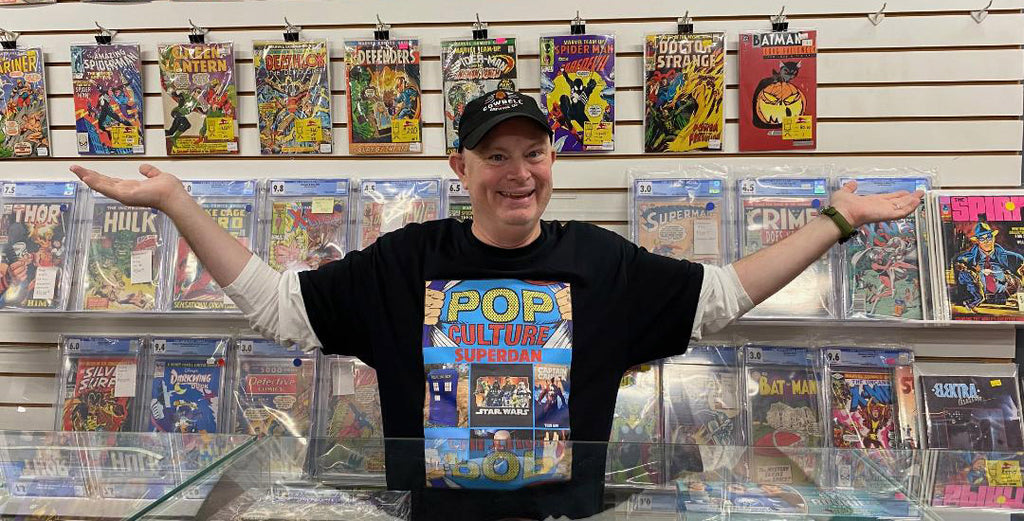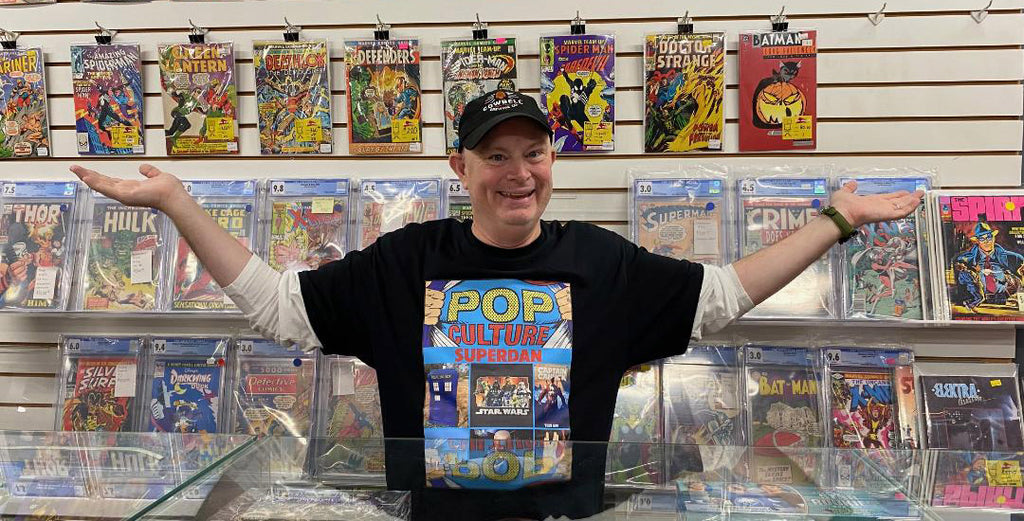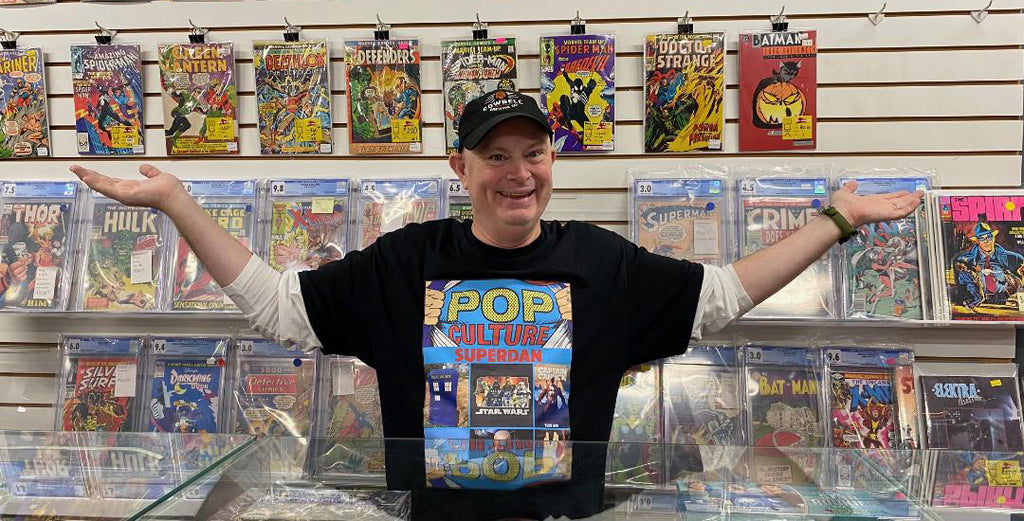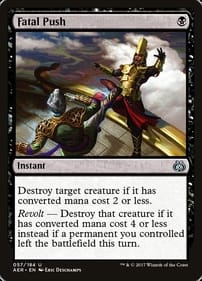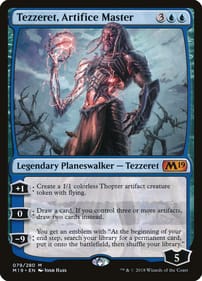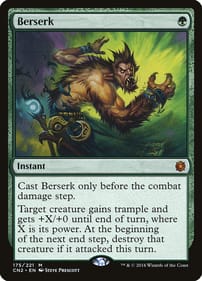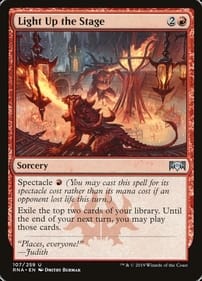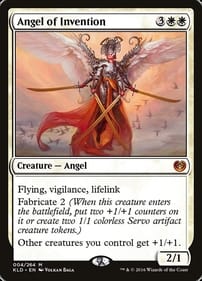Return of Tingfest is a Sure Sign of Spring
By Dan BrownThe birds are chirping. The snow is gone. The grass is growing. And Tingfest is back.The festival, which celebrates work from Southwestern Ontario graphic artists, kicks off April 16 and runs to May 18. This spring marks the eighth time it has been staged. “I lost some years over the pandemic so it’s hard to keep track,” said Diana Tamblyn, the London graphic novelist who is the driving force behind Tingfest, which launched in 2014. Last spring marked the annual fixture’s return after COVID.Named after legendary London Free Press editorial cartoonist Merle Tingley, it brings together those who have followed in his footsteps and takes place at the Tap Centre for Creativity on Dundas Street.“I think Ting brings up real joy, warmth and goodwill in people,” Tamblyn said. “He grounds the festival and (that) is why we feature his work every year and a huge photo of him greets people as you walk through the door at TAP.”As always, pieces by the featured artists will line the space’s walls for public viewing. There will also be plenty of free programming for the whole family.“This year a theme seems to have emerged of art and music,” Tamblyn said. “In fact, this year features award-winning musicians Kevin Hearn (of Barenaked Ladies), Lido Pimienta (a Polaris Prize winner) and Owen MacKinder (of the Birthday Massacre band, who have charted four songs on the Billboard 200) – all of whom people might not know are talented artists, as well as musicians. On top of this list, Matt James – a Governor General’s Award-winning illustrator – is also a musician and plays regularly in a band.”“This is not to take away from the rest of our featured artists who themselves have diverse talents on top of their visual-artist skills,” she added. “Such as editorial cartooning (Frantisek Bidlo), video-game design (Chris Elliott), silk-screening and murals (soft flirt), educator, comics collector, and academic (Ivan Kocmarek), ceramicist (Julian Miholics), animation (Dax Gordine), and illustrator and graphic novelist (Alyssa Waterbury, who also designed this year’s festival poster).”I don’t know about you, but if I get the chance, I’ll be quizzing Hearn about his time as musical director for the late Lou Reed’s band. I am also especially excited about seeing Kocmarek, who is an expert on Second World War-era Canadian comic books.Among the many offerings Londoners will be able to check out during the festival’s run are the Ting zine expo, the small-press spotlight, and a maker station for kids. Tamblyn tells me the featured publishing house this time around will be RAID Press. “Because we have RAID, Ramon Perez will be making an appearance since it’s his imprint AND he is just starting a run on (DC’s) The Flash as the artist!,” she said.Yes, it’s that Ramon Perez – the one who illustrated the Jim Henson-inspired Tale of Sand! I hope I get the chance to meet him!Tamblyn reports it feels “a bit surreal” the festival has lasted this long: “The first year (in 2014), the festival seemed like a bold experiment that we weren’t sure would fly. We didn’t know if anyone would respond or show up. It was nerve-wracking! And then on opening night we had Merle Tingley himself appear . . . . So many people showed up for Ting – friends, colleagues, neighbours.”Tamblyn says Tingley’s visit “was like a rock star arrived” (the cartoonist passed in 2017 at the age of 95).“(After the first year) we weren’t sure if we could do it again! And we did. I have to say I was never worried that London and Southwestern Ontario had the talent to fill 10 featured artists spots at a festival year after year, but would people still come without Ting himself present? They have, and every year I’m grateful and overwhelmed all over again,” she said.Tambyn is aided every spring by TAP Centre executive director Sandra De Salvo and her team.With any luck, this will be the Tingfest that finally puts all those COVID memories to bed. “All I really know is I started the pandemic with black hair and came out of it with mostly grey hair!” Tamblyn said.Dan Brown has covered pop culture for more than 31 years as a journalist and also moderates L.A. Mood’s monthly graphic-novel group.
Jade Armstrong’s Food School is the Epitome of Panel Play
By Dan BrownIf you’re looking for panel play, you’ll find no better example than Food School by Montreal creator Jade Armstrong. The book is one of this month’s releases from East Coast publishing house Conundrum Press.If you’re wondering what panel play is, it’s something I’ve been thinking about as a comic fan for decades, even though it often escapes notice. I define it as the joy a creator takes in blowing up the comic page and the degree to which they resist static placement, imbuing the sequential art with a rhythm and logic all its own.I was only four or five pages into Food School before I realized: There’s something special going on here.Montreal’s Armstrong, like the book’s protagonist, is non-binary. One of their influences is manga, and the pages shimmer with that same kind of dynamic energy.There are double-page panels, single-page panels, circular panels, panels that look like the silhouette of a loonie. There are also wordless, 10-panel two-page spreads. There are pages with no discernible borders, as well as slanted panels of varying sizes, rectangles, you name it.Armstrong obviously put a lot of thought into designing each of this comic’s 79 pages. No two of them are the same. What I do when I come across superlative panel work is read the graphic novel once, then go through it again a second time – this time, with an eye on each panel. Food School rewards this kind of reading.Probably the master of panel play during my time as a comic lover is George Perez, whose work for DC in the 1980s on New Teen Titans, Wonder Woman, and Crisis on Infinite Earths still blows my mind.Paul Chadwick of Concrete fame took the same delight in defying comic conventions. And you can even trace panel play back to a foundational figure like Jack Kirby.Yes, Kirby did his share of pages with six square panels. He was also the creator who fashioned images that were so dynamic, so bold, so BIG, it took two whole pages to contain them. Armstrong, also known for YA work, says Food School was drawn in the style of a Josei, which are manga aimed at adult women. The book was originally done as a digital PDF.The tale follows 20something college dropout Olive as they enter a full-time program to treat their eating disorder.It’s a highly regimented existence. Olive must log their weight and each meal and snack consumed, as well as rate their thoughts and feelings every day. At one point in the narrative, Olive ranks their suicide drive as a five out of five.What creates a contrast with this lack of freedom is Armstrong’s panel play. Olive wants to quit the treatment every day they are in the program. When they inevitably fall off the wagon, bingeing handfuls of candy, then exercising (which is likewise verboten), the pages become a flurry of dark-tinged frames, reflecting this chaotic moment in their life.I could feel the story was moving toward an intentional conclusion as Olive stays in the program. I’m happy to report I thought I had guessed how things would change for the character at the end of the story, but I was wrong. Armstrong cheated my expectations in the best way, That’s masterful storytelling.This is the first thing I’ve read by Jade Armstrong, but you can rest assured I’m looking forward to following their career from now on. Dan Brown has covered pop culture for more than 31 years as a journalist and also moderates L.A. Mood’s monthly graphic-novel group.
Road Runner Cartoons Make My Stomach Churn
The issue of “cartoon violence” was a big one in the 1970s, which is probably why it worried my mother when I watched Road Runner cartoons on TV.You know the ones.They feature a rail-thin Wile E. Coyote chasing after the peppy Road Runner in an endless quest to make a meal of the speedy bird. They end with the predator falling off a cliff, running into a mesa, being crushed under a boulder, or exploding when the Acme brand gadget he has mail-ordered (such as explosive tennis balls) backfires on him.Those cartoons were extremely violent, no question. But Mom needn’t have fretted. I didn’t grow up to be a violent adult. Decades later, I understand the difference between make-believe mayhem and the real deal. In fact, those cartoons had the opposite effect: They increased, rather than impaired, my empathy.I watched those Looney Tunes/Merry Melodies animated shorts so often that at some point the constant unhappy endings began to wear on me. I started to grow uncomfortable. Contrary to what the creators intended, I began to feel for the hapless Coyote.Pretty soon, every time one of the cartoons came on, I would feel nauseous seeing the poor Coyote blown up, run over, or plunging to the canyon floor. It didn’t matter to me that he wasn’t real, and he always came back in the next episode unscathed. Perhaps I kept watching hoping against hope the Coyote would finally triumph. As a kid I didn’t have the vocabulary to express my feelings, but it struck me that something terribly unjust was happening on The Bugs Bunny/Road Runner Hour. You mean to tell me, he’s doomed to always get mangled and burned, and he never once gets the Road Runner? Young boy though I was, that message didn’t strike me as a positive one.So it won’t surprise you when I say I don’t think I ever read a single issue of the Gold Key Comic Beep Beep The Road Runner, which had a sizable enough readership that it lasted from 1966 to 1984. I did, however, have high hopes for the movie Coyote vs. Acme.Based on a 1990 New Yorker humour piece of the same name, it promised to bring a measure of justice to the Road Runnerverse.The movie follows in the footsteps of 1988’s Who Framed Roger Rabbit by using a combination of animated and live-action elements. Will Forte plays a down-on-his-luck attorney who takes the Wile E. Coyote’s case against Acme Corporation, which has been supplying him with defective products for years, foiling his repeated attempts to get an honest dinner.As smarter people than me have pointed out, it’s a classic David-against-Goliath story. John Cena, no stranger to big-screen comic adaptations, stars as Forte's opponent in the courtroom.If you haven’t heard of this motion picture, that’s because it was suppressed before it even got released – Warner Bros. shelved the film last year in order to claim a tax writeoff, according to multiple media reports. (It got replaced in last summer’s release schedule by a little picture called Barbie.)Coyote vs. Acme was in the news this month because Forte finally got to see the finished product, which he said is “incredible.” (I’m assuming he got a private screening.)“Super-funny throughout, visually stunning, sweet, sincere and emotionally resonant in a very earned way,” he posted on social media. “As the credits rolled, I just sat there thinking how lucky I was to be part of something so special. That quickly turned to confusion and frustration. This was the movie they’re not going to release?”Yes, it’s too bad Coyote vs. Acme will never see the light of day. I would have loved it. I bet it would even have calmed my gut.Dan Brown has covered pop culture for more than 31 years as a journalist and also moderates L.A. Mood’s monthly graphic-novel group.
Why Ban TikTok? It’s Comics That Are Turning Our Children Into Delinquents!
By Dan BrownWhat do TikTok and comic books have in common?They are both part of a long list of evils the U.S. government has considered banning.TikTok, as you may have heard, is the subject of legislation that cleared the U,S, House of Representatives last week. It’s not clear when the Senate will take up the bill, but President Joe Biden has already said he will sign it into law.From the coverage I’ve read and seen, the legislation would outlaw TikTok in the U.S.A. unless its Chinese parent company divests itself of the video-sharing utility.American lawmakers have cited security concerns as their justification for outlawing TikTok, which is used south of the border by 170 million people.If the panic over TikTok seems familiar, that’s because it’s not the first time the feds have considered taking action to crush a perceived threat to the nation. Not so long ago, in the 1990s, it was video games that were fingered as the threat to the nation’s innocent young people..The decade before, it was heavy-metal music that was corrupting young fans as it made eardrums bleed.Before that, Dungeons & Dragons was turning children into Satan worshippers.Before the days of role-playing games, it was rock ‘n’ rollers like Elvis Presley, with his gyrating hips, who were leading teens astray.Before that . . . comic books were the scourge of the nation.Yep. Comics. You read that correctly.Silly, right?Yet as hard as it may be hard to believe today, in 1954 there were actual Congressional hearings by the Subcommittee to Investigate Juvenile Delinquency on how comic books were polluting young minds. Actual witnesses testified, and the accompanying moral panic turned the comic industry on its ear.If you want an informative and compelling account of how it all went down, it’s worth hunting down a copy of David Hajdu’s 2008 book The 10-Cent Plague: The Great Comic Book Scare and How it Changed America. Those who opposed comics – which were a mass medium read by millions back then – argued the monthly publications sensationalized crime, luring otherwise decent children into conflict with the law. Among the detractors was Fredric Wertham, a psychiatrist whose book Seduction of the Innocent gave the anti-comics crowd the pseudo-scientific cover it needed (I’ve not read it, but I do know his claims have been debunked in the intervening decades, like how Batman and Robin were turning boys gay).Hajdu, as part of documenting the scare, tracked down people who were involved in comic burnings as kids. That’s right, there were actual comic burnings in America. The people he interviewed spoke about how they were pressured into taking part by their parents or other adults.The squeeze put on the comics industry led to the demise of several popular titles. In the face of threats from the feds, comics publishers opted for self-censorship, the result being the creation of the Comics Code Authority, the seal of which appeared on approved comics from 1954 to 2010. Publishers like Marvel and DC eventually withdrew from the industry monitor, setting up their own ratings systems for comic content.What does all of this augur for TikTok? The lesson is that even if the folks in Washington don’t pass anything, threats by legislators can crater an industry that’s been targeted.Canadian authorities have said they are monitoring what the U.S. does with TikTok. As far as I know, it’s still illegal here in Canada to publish comics that depict crime, although I stand to be corrected. That’s right – back in the day, Canadian parliamentarians went even further than their American counterparts in the case of comic books. So TikTok’s future in this country might not be looking so bright right now.Dan Brown has covered pop culture for more than 31 years as a journalist and also moderates L.A. Mood’s monthly graphic-novel group.
This one has it all: Vote for D.S. Barrick! Hidden comic treasures! Crucial dates!
By Dan BrownThis week’s column is a grab bag of comic news and notes!D.S. BARRICK NEEDS YOUR HELPYou may recall I reviewed London comic creator D.S. Barrick’s Murgatroyd & Nepenthe in this space last summer.The graphic novel is a surrealistic travelogue through a magical landscape that reminds me of the play Waiting for Godot. It is utterly original. It rocked my world.As it turns out, my mind wasn’t the only one that was blown by the book. Word on the street is Barrick has been nominated for two Sequential Magazine Awards.He is up for prizes in the categories of “graphic novel of the year” and “favourite letterer”.What does this have to do with you? Everything. The awards are given out based on an internet vote, so I urge you to take the time to support this local creator.Heck, you could even pick up a copy of Murgatroyd & Nepenthe!This is how Sequential describes the graphic novel: “Follow Murgatroyd, an overwhelmed Everyman, and Nepenthe, a mysterious oracle, as they traverse the hinterlands of the imagination and meet many bizarre beings along the way. Murgatroyd & Nepenthe is inspired by a love of classic cartoons and comic strips, and a fascination with random processes like the cut-up technique, Eno and Schmidt’s Oblique Strategies, and Noah Wall’s Grotesque Tables II.” You can vote here.LONG LIVE THE BARGAIN BIN!There’s no better feeling than finding an unexpected treasure in the bargain bin at L.A. Mood.I recently came across We3, a graphic novel I knew nothing about.I grabbed the 2005 Vertigo trade paperback solely because of the cover, which features a dog, cat and bunny in futuristic battle suits. How could I resist?I finally got around to reading the book – from writer Grant Morrison and artist Frank Quitely, the same team behind the much-lauded All-Star Superman – and found it to be a minor masterpiece.It follows three regular pets who are abducted by evil government scientists before being transformed into cybernetic assassins. As you can imagine, all hell breaks loose when orders come down to decommission the trio.Maybe you remember the basement of the old L.A. Mood on Richmond Street, where many a wonder could be found. I am happy to report that that sense of unpredictability and wonder is still alive at 100 Kellogg Lane!SAVE THE DATESAs spring approaches, now is a good time to jot down some important dates that are coming up fast.May 4 – Free Comic Book Day this year falls on May the Fourth, the day set aside in the Geek Calendar to celebrate all things Star Wars, so anything could happen at your local comic store. It always feel great to see Forest City comic fans and cosplayers celebrating their love for whatever fandom they belong to! April 16-May 18 – The Ting Comic and Graphic Arts Festival returns to the TAP Centre for Creativity on Dundas Street. Tingfest celebrates the local artists who were inspired by late London Free Press editorial cartoonist Merle Tingley, known for his trademark cartoon worm. Tingfest is the baby of local graphic novelist Diana Tamblyn.June 16 – Forest City Comicon celebrates its 10th anniversary! The celebration of nerd and geek culture like no other returns to Centennial Hall, this time on a Sunday. Can’t wait to see the creative cosplay that will be on display! The best part of the show, now a staple of London events, is the chill vibe.I’ll have more info on all of these occasions as details become available. In the meantime, mark your calendars!Dan Brown has covered pop culture for more than 31 years as a journalist and also moderates L.A. Mood’s monthly graphic-novel group.
Somebody Please Adapt the Jason Lutes Graphic Novel Berlin
By Dan BrownThere’s no law saying a comic has to be anything other than a comic, but every fan has a dream project they would like to see adapted for the big or small screen.For me, it’s the Jason Lutes graphic novel Berlin. Clocking in at nearly 600 pages, the sprawling epic is ripe for the plucking as a multi-season series on a streaming service like Netflix. It is, to borrow a term from comic scholar Andrew Deman, preposterously cinematic.The book depicts life in the German city between the First and Second World Wars. Even though the reader knows how the story will turn out, it’s a vivid portrait of a changing society and the individuals who are driving that change, or find themselves caught up in it.It’s a historical epic, a portrait of the Jazz Age, a romance, a journey of self-discovery, and so much more.I did a quick Google search but didn’t find anything saying Lutes has sold the rights. I would be shocked if he hasn’t been approached by producers.The story was originally serialized over 20 years, then collected as one volume in 2018. Berlin was one of the selections last year for the L.A. Mood’ Graphic Novel Group book club. When I finished reading the hefty tome, I immediately flipped back to the front to start reading again. I don’t do that with many graphic novels.My first impression was how Berlin reminded me of HBO’s The Wire. It follows a large cast of characters, most of them fictional but with some real-life historical figures mixed in. Different characters rise to prominence at different points in the story.There are proto-Nazis, communists, social climbers. jazz musicians. Jewish families, unemployed labourers, confused children, and a young woman looking for her future. And, best of all for this reader, the central character is a disillusioned journalist.Someone who’s in the background in an early scene will return later as a lead character. Different places around the city become important at different moments. Seemingly isolated incidents ripple outwards, affecting everyone..Apart from catching the spirit of the times, the zeitgeist, the triumph of Berlin is how it shows Hitler’s rise wasn’t inevitable. Germany could very well have gone in another direction.The challenge for anyone who adapts the book would be in capturing that sense of how between-the-wars Germany was up for grabs. In that historical moment, there were many possible future fatherlands.It would be challenging to capture that sense of uncertainty on the small screen, but Lutes has already provided the storyboards in the form of this book. How about it, Hollywood?Do you have any comics or graphic novels you would like to see adapted? I’d love to hear about them in the comment section below.And yes, just because Lutes may have had offers to adapt his masterwork, that doesn’t mean he has to accept. He might be content just letting it remain a comic. Dan Brown has covered pop culture for more than 31 years as a journalist and also moderates L.A. Mood’s monthly graphic-novel group.


